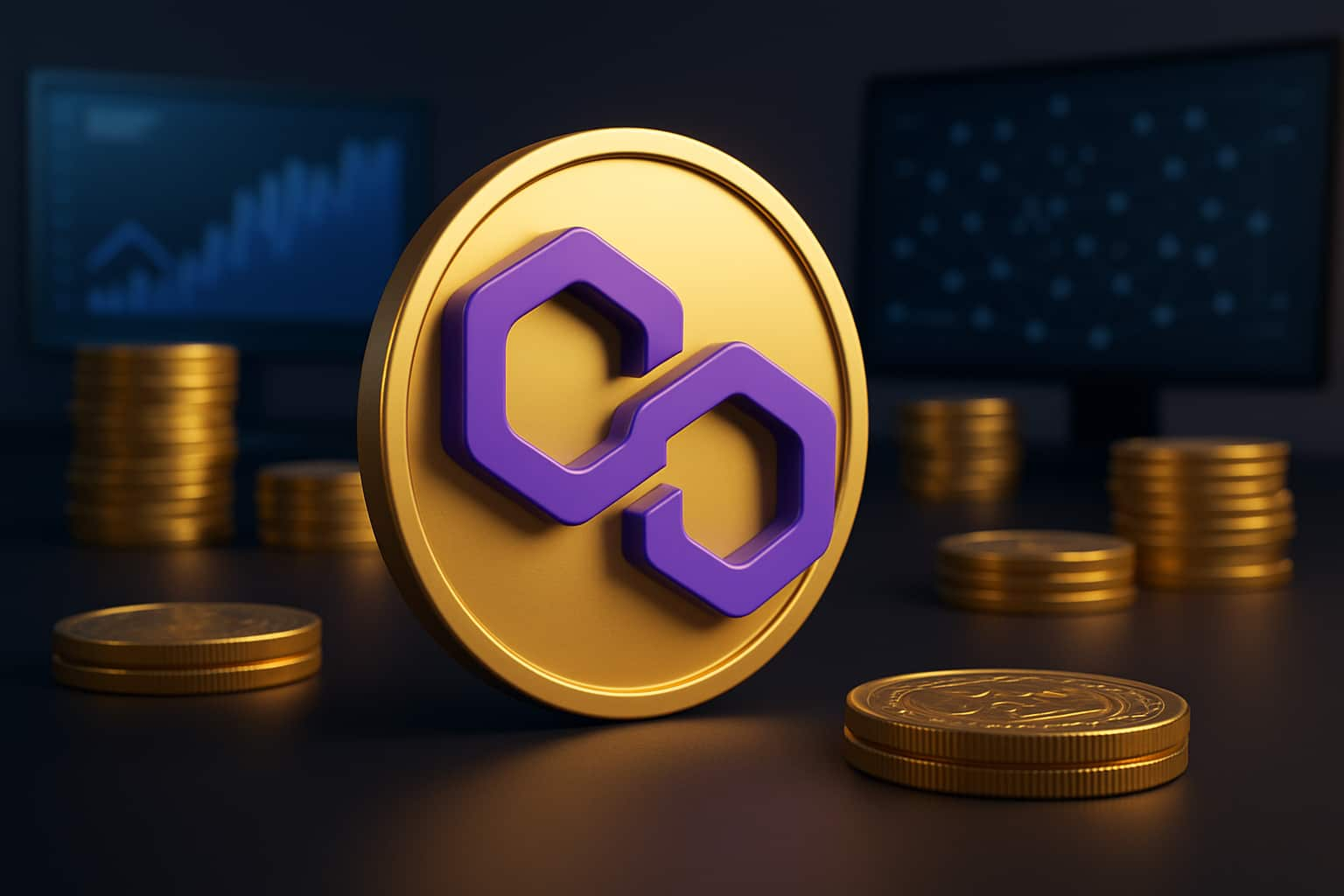-
IOTA and Tangle are two complex concepts to wrap your head around at first glance, especially when compared to typical blockchains. However, the boons offer a myriad of data for blockchain development companies willing to stick with the technology. One of the basic concepts of IoT (Internet of Things) is to provide cost-effective sensors. These sensors gather data about our devices and the world around us. They make that information available to us within just a few clicks. With time, the amount of IoT sensors providing data over the internet will count in trillions. IOTA reimagines the world of IoT. This article gives you a comprehensive analysis of IOTA's pros and cons. But first, let's understand some basic terminology.
Terminology
- IOTA
It's both an institution as well as a cryptocurrency.
- Tangle
It's a distributed database and protocol used to store immutable and cryptographically secured data and transactions. Tangle stores all IOTA transactions. It's important to understand that Tangle is not a blockchain or is based on its technology in traditional terms. Explore More: How IOTA is Reimagining the Blockchain for the Internet of Things
Technology of Tangle
It uses DAG (Directed Acyclic Graph) to highlight individual transactions. [caption id="attachment_2434" align="alignnone" width="730"]
 source: https://zhuanlan.zhihu.com/p/31764777[/caption] Upon a closer look at the graph, you'll notice that each transaction represents exactly two more of them to the left. Today, we're talking about the fundamental structural differences between the Tangle and blockchains that give rise to the former's pros and cons.
source: https://zhuanlan.zhihu.com/p/31764777[/caption] Upon a closer look at the graph, you'll notice that each transaction represents exactly two more of them to the left. Today, we're talking about the fundamental structural differences between the Tangle and blockchains that give rise to the former's pros and cons.Pros
Transaction Fees
There are no transaction fees. To write to the tangle, you need to perform PoW (Proof-of-work) on two other transactions. There's no need for 'GAS' or to 'tip' miners to expedite the process of transaction execution. 'Mining' is not even a thing for the tangle.
Micro-payments
As there are no transaction fees, you can efficiently send as little as one IOTA, which is currently worth $0.0000016 to anyone. While it is not the case with other blockchains, they can have transaction fees. For instance, late last year, if you wanted your bitcoin transaction within 24 hours, it would cost around $20 worth of transaction fees during peak load. Thus, bringing us to the next time.
Scalability
One of the fundamental bottlenecks for most blockchains is the issue of scalability. Normal blockchains consume a lot of time to achieve consensus by building new blocks. For instance, the Bitcoin blockchain can handle 7 transactions per second, and Ethereum, around 20. But, Tangle is experiencing huge transaction spikes, in hundreds per second. Not only this but it can theoretically scale infinitely as the larger the number of devices writing data the faster the network becomes.
Lightweight
Tangle technology enables devices having low computing power, like a toaster, to write data to the Tangle. And therefore, perform PoW in less time.
Data Marketplace
Access to quality data is one of the limiting factors for AI (artificial intelligence) and machine learning. IOTA is a powerful concept that can resolve this issue. IOTA offers you the ability to sell data. It provides people with the ability to subscribe to that data for a few bucks.
Quantum-secure
Generally, a common criticism of blockchains is related to the use of quantum computers. If we use those computers, they can be billions of times more capable of running hashing algorithms than traditional systems. Consequently, it will be easy for a quantum computer to achieve a 51% attack to hack a typical blockchain network. Contrarily, IOTA is 'quantum resistant' as it uses 'trinary' or balanced ternary computation instead of standard binary computations by normal computers.
Cons
Smart Contracts
One of the drawbacks of IOTA/Tangle is that smart contracts don't exist here yet. If you want to develop a dApp with IOTA, it might not be possible. However, the IOTA foundation is actively working to fix this, by building a smart contract layer on top of the IOTA core.
A Conclusion of IOTA's Pros and Cons
When talking about IOTA's pros and cons and given its uses in data science, IoT, and blockchain, the technology is attracting a lot of attention. Indeed, we can imagine billions of sensors streaming data to the Tangle. Users will be able to subscribe to relevant data streams to build top-class machine-learning algorithms based on large data sets. Even new AI startups can subscribe to data streams as they might not have access to any data. For more information, you can contact our subject matter experts.

Our Offices
INDIA
Emaar Digital Greens, Sector 61,
Gurugram, Haryana
122011.
Welldone Tech Park,
Sector 48, Sohna road,
Gurugram, Haryana
122018.














